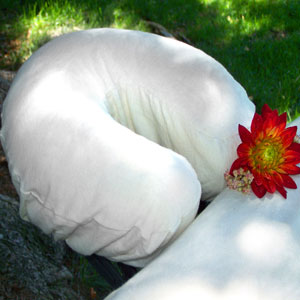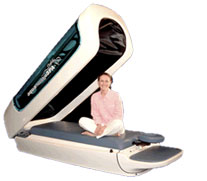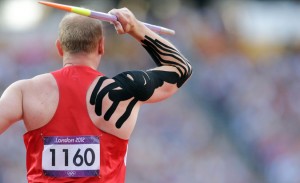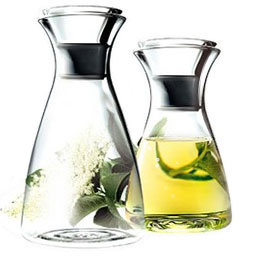Massage and the Full Sixty…
When I was new to doing massage therapy, I had a habit of getting lost. Lost in the neck, lost on the back, lost in the space-time continuum. I’d glance up at my clock and see that I had spent 40 minutes massaging the back and I had 20 minutes to do the rest of […]







